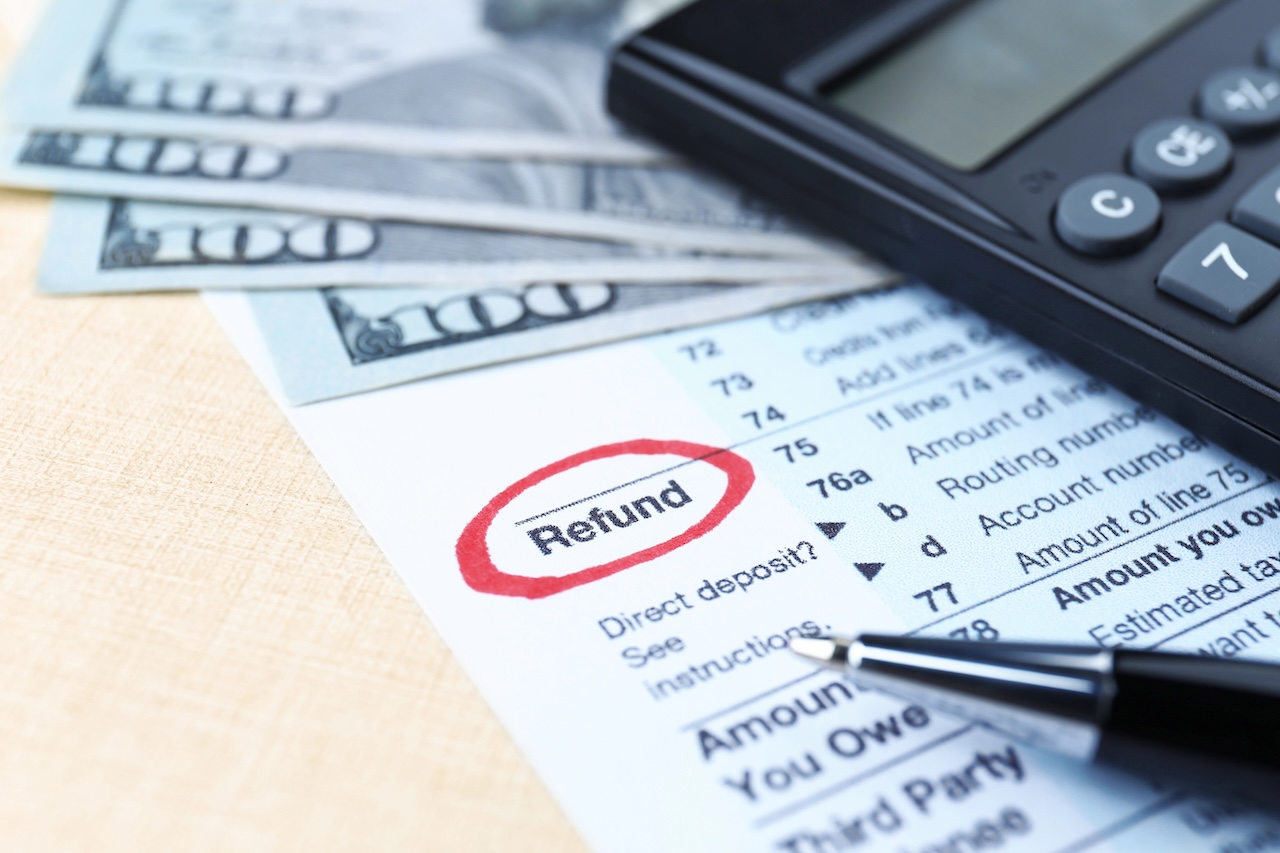Facing the future solo: Understanding obstacles for single women and retirement


Securing a comfortable retirement is an important goal, especially as people reach their golden years. Yet for women, navigating the financial landscape can feel like treading through murky water. Women face compounding issues for retirement, such as the persistent gender pay gap and gender wealth gap. This can make it difficult to save and build retirement assets. Additionally, because women have a longer life expectancy than men, their more meager funds must be stretched out over a longer time horizon, on average. Women also tend to be caregivers at a higher rate than men, which can impact earnings and savings, particularly if they leave the labor force even temporarily.
Taken together, research points to many women being financially unprepared for retirement. Furthermore, there are vast differences in financial security by demographic characteristics, including age and marital status. Young adults, including young women, have had less time to save and invest than older adults, which is reflected in the data on investment holdings. Yet, this also means that they’re not taking advantage of compound interest as early as they could be.
Additional important nuances appear when analyzing the data by household status, with single women being less likely to have savings. Not only are young women living with a spouse or partner more likely to have a retirement savings account than similarly aged single women, but they also are more likely to have a retirement savings account than older single women (not married or partnered).
The lack of savings among single women has widespread implications. They are a financially vulnerable group, and one that has been growing. For example, women who have never been married have only $19,200 in median wealth – just one tenth of the median wealth of all U.S. families.
The lack of wealth among single women particularly matters as they approach retirement age. In part, this is because never-married women have only their own earnings to rely on for Social Security benefits. Married women (or divorced women that were married at least 10 years) can use their (ex)spouse’s earnings record to get Social Security benefits, and many do.[1] Yet never-married women cannot take advantage of this possibility. Combined with the wage and wealth gaps, it’s clear that many single women may face retirement from a position of financial uncertainty.
So, what does the data tell us about women’s financial decision making, confidence in making investments, and savings? Using the 2023 Survey of Household Economics and Decisionmaking (SHED), we explored these outcomes in order to capture a more complete picture regarding women’s preparedness for retirement. We also grouped the data by three age groups (young: 18-39, middle-age: 40-59, and older: 60-79) and by household living status (those living with their spouse or partner, and single: not living with their spouse or partner) to understand nuances and where interventions, such as investment education or automatic payroll investment programs, may be better aimed.
Women have low levels of confidence and comfort making their own investments during their prime working years. Just over a quarter of young women and a third of middle-aged women indicated they were comfortable choosing and managing their investments. While confidence grows with age, just over half of older women responded that they were comfortable, meaning that nearly half were not. This is concerning because investments are an important asset type. Using the Survey of Consumer Finances (2022), we found that 20% of assets held by older families were directly held financial assets, such as stocks and bonds. Women who are not comfortable making investment decisions may delay or forgo this type of asset ownership. Thus, they may miss out on a significant source of funds in retirement.
These trends are quite similar when grouping women by household living status. Women who live with a spouse or partner were slightly more comfortable choosing their own investments at all ages compared to women who do not live with their spouse or partners (Table 1). For example, married or partnered middle-aged women were 6 percentage points more likely to be comfortable making investment decisions than single middle-aged women (36% vs. 30%, respectively). Yet age was the dominating factor; within each group, older women were the most comfortable.
Table 1. Comfortable choosing and managing investments (by age and living status)
| Does not live with spouse or partner | |
|---|---|
| Ages 18-39 | 25% |
| Ages 40-59 | 30% |
| Ages 60-79 | 48% |
| Lives with spouse or partner | |
| Ages 18-39 | 27% |
| Ages 40-59 | 36% |
| Ages 60-79 | 55% |
Confidence making investments and financial decision-making power are related. Across all age ranges, women who live with a spouse or partner tend to jointly make household financial decisions. About six in ten married or partnered women shared these decisions. Important differences appeared when we looked at single women by age group. The majority of middle-aged and older single women made most of their household’s financial decisions (82% and 86%, respectively). Young single women, however, were about half as likely to make most of the decisions. Many of them (40%) indicated another household member made most of the financial decisions.[2] Given that young and middle-aged women have lower confidence levels on managing investments during their prime earning years, this lack of experience may impact their confidence later in life and the types of investments they choose to make.
We next looked at the share of women who held various investment types, including retirement savings accounts, pensions, stocks, and savings accounts. Across all investment categories, younger women were less likely than their older peers to have the asset type. Generally, middle-aged women were also less likely than older women to have investment types. However, they were more likely than older women to have retirement accounts. There are three possibilities behind this finding. First, that there was a change in retirement plans over time from defined benefit plans (an employer-sponsored plan that promises a specified monthly benefit) to defined contribution plans (such as a 401(k)). Second, that older women have spent down their retirement accounts or are forced to make mandatory withdrawals. Finally, that middle-aged women have increasingly focused on retirement and thus are more likely to have retirement accounts than were previous generations of women, or a combination of the three possibilities. Retirement savings accounts and savings accounts, money market accounts or CDs were the most common asset types. Business or real estate investments were the least common (see Figure 1).
Figure 1. Women’s asset ownership, by age
Women living with their spouse or partner had a higher incidence of holding various investment types than single women across all age groups. In some cases, the gaps are quite notable. For example, middle-aged women living with their spouse or partner were 18 percentage points more likely to have a retirement savings account and three times more likely to have business or real estate investments, compared to their non-married or non-partnered counterparts (Figure 2). As another example, young women living with their spouse or partner were over twice as likely to have a pension in their family than young single women. Alternatively, pension holdings for older women were very similar, perhaps pointing to automatic retirement savings as a path to reduce gaps.[3]
Again, retirement savings accounts and savings accounts, money market accounts, and CDs were the most commonly held investments. Very few women under age 40 had a pension account. Only 7 percent of single young women did. Furthermore, very large gaps were present in retirement savings account holdings. Young single women were 22 percentage points less likely to have a retirement savings account than young women who lived with their spouse or partner. Young single women are thus not saving for retirement as early as young married or partnered women, which will subsequently leave them more financially vulnerable. Finally, while business and real estate investments were again the least commonly held investment type, married or partnered women of all ages were 2.4-3.5 times as likely to own these assets as single women.
Figure 2. Does not live with spouse or partner
Lives with spouse or partner
Our analysis illustrates that women’s confidence managing investments and asset ownership rates increase with age. However, household status also plays a role. Women who did not live with a spouse or partner had a lower incidence of asset ownership, compared to similarly aged women living with their spouse or partner. More research is necessary to determine whether women who live with their spouse or partner invest differently than single women, or if they co-own or inherit different types of investments from their partners. Understanding barriers to financial security can help all women enter their retirement years on a better footing. Nonprofits and education programs that focus on investing for women and girls can begin to help close the confidence gap. Improving the incidence of owning investments – and confidence managing those investments – for younger women can alleviate the pressure of playing ‘catch up’ closer to retirement.
[1] In 2022, 40% of women ages 62 and older were receiving at least some benefits from their spouse’s earning record.
[2] Ninety percent of women ages 18-39 not living with their spouse or partner were never married. Nearly half lived with their parents (49 percent).
[3] Twelve percent of women ages 60-79 were widowed in our sample. Over half (53 percent) of these women had a pension with a defined benefit, perhaps due to survivor benefits from the pension products. Additionally, 35 percent had cash value in a life insurance policy – matching the share of women living with their spouse or partner who are the same age. More research is needed to determine if the types of assets women invest in match the types they are most likely to inherit.

Tax refunds in early 2026 could be $1,000 to $2,000 larger for many households due to retroactive tax law changes....

Why does it feel like large companies always get the upper hand? Maybe it’s the long contracts with fine print,...

What can you do if you can’t afford college? Maybe the financial aid award wasn’t enough, or you only want...